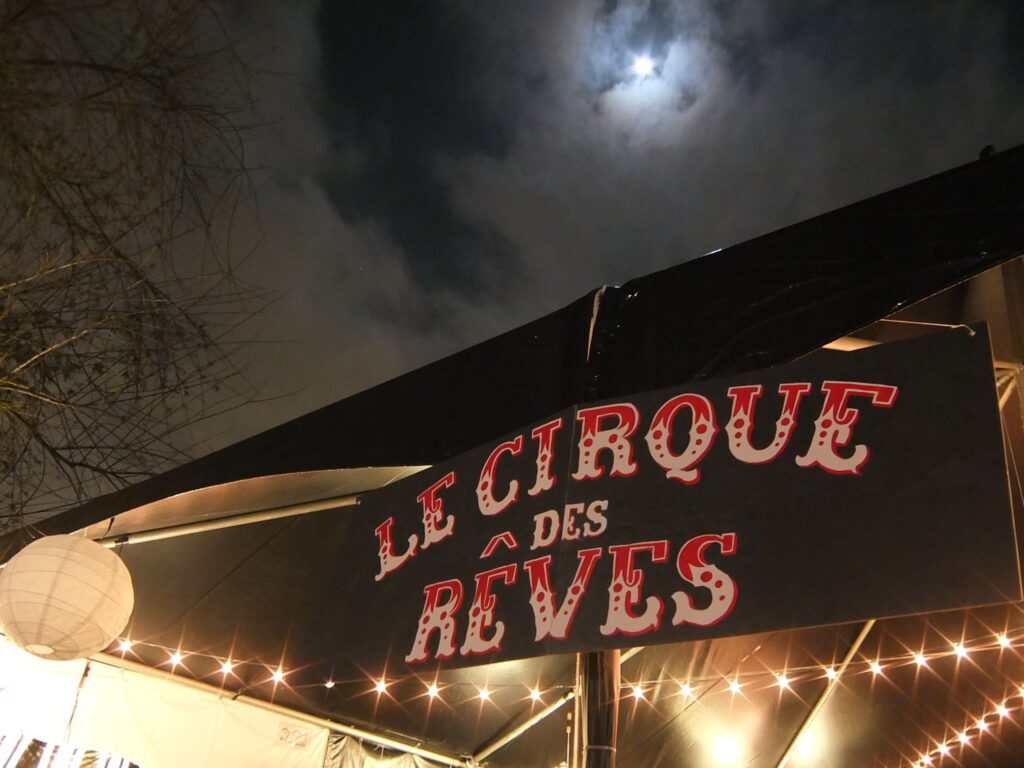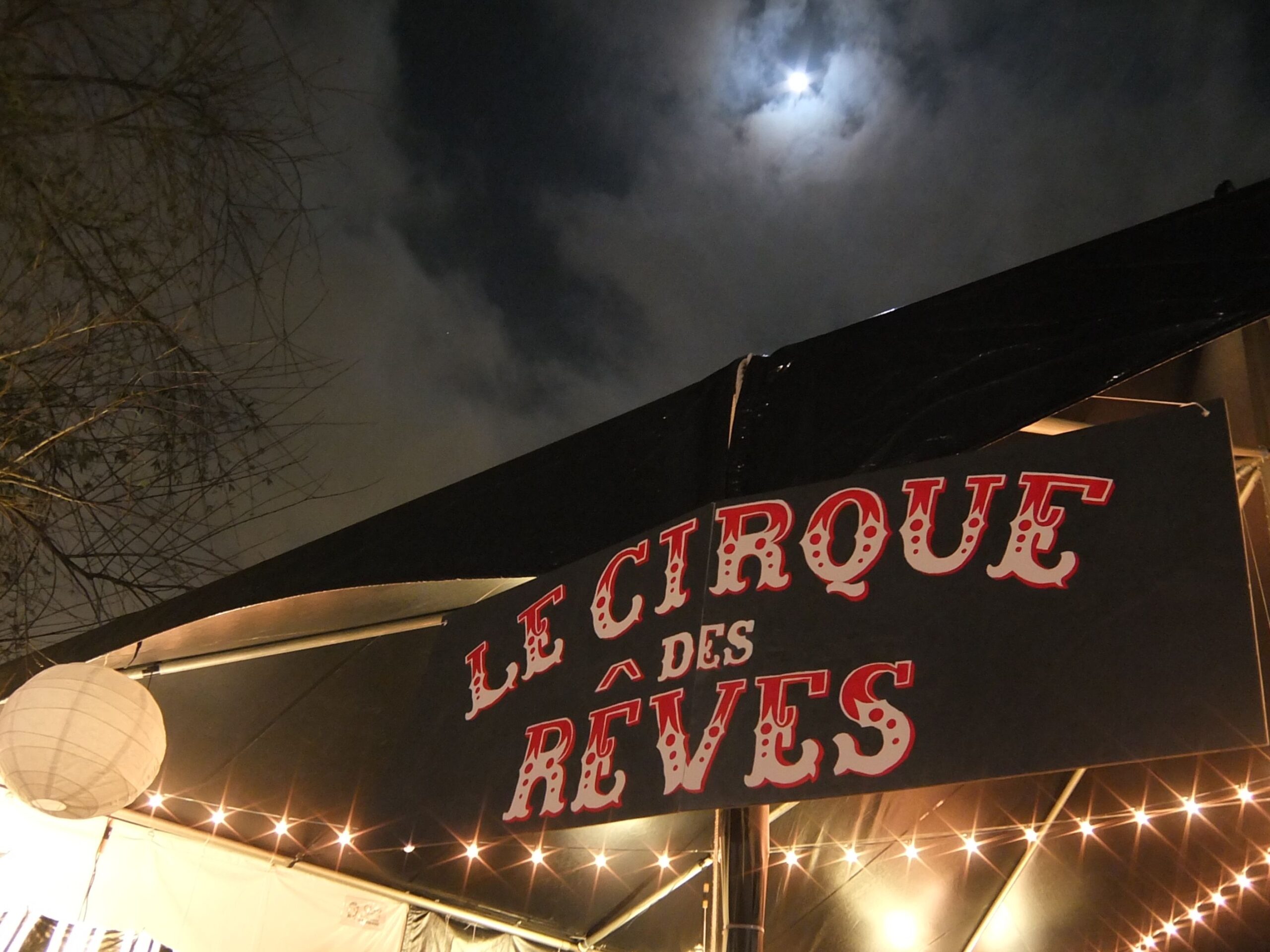About the author: Erin Morgenstern is a Theatre major, who found herself gravitating toward the mystic arts while studying studio art. She combined her love for art and all things mystical by painting tarot card decks. Quite green in the literary field, she tried her hand at writing novels around supernatural subjects. Doubleday, her debut novel, was rejected by thirty agents before being published in 2010. Her second novel, The Night Circus, put her in the limelight as one of New York’s bestselling authors and won her numerous accolades, one of which being named TIME Magazine’s 100 Best Fantasy Books of All Time. She aspires to write more literary works around similar themes in the future.
‘The circus arrives without warning. No announcements precede it. It is simply there when yesterday it was not.’
The first I heard of the book was through a friend. He swore that if the works of Murakami were close to my heart and magic realism as a genre was what intrigued me, I would not be disappointed by Erin Morgenstein. Magic realism is a style of writing that infuses the real world with fantastical and magical elements. Although one may find a fine line between this genre and the genre of fantasy fiction, the main theme of being rooted in the real world is what stands at this boundary of division.
Consider Harry potter; it is fantasy fiction because everything exists in a magical realm away from the real world. On the other hand, most of Murakami’s works showcase the characters living in the real world yet encountering supernatural and fantastical experiences. Kafka’s conversation with the crow in Kafka on the Shore or the peculiar coma of Mari Asai’s elder sister, coupled with the man with no face on the television in After Dark, are all examples of magic realism. What sets this genre apart is the resuscitation of the old axiom “miracles do happen”…however they may not always be happy.
The book’s start is a slow burn, just like the initiation of the circus in the novel.
With reluctance, I started my reading journey of Erin’s tale, which, on the surface level, seems to flatter an audience with gothic taste. Its complexity and depth made it difficult for me to put the book down so much that even when I wasn’t reading it, I would be thinking about the possible storylines ahead. For a book that consumed my attention, it ended with a flat note of a cliché love story. Oops! I jumped the gun there!
The night circus starts with an introduction of that very thing- the night circus in the book or, as it is called, Le Cirque des Rêves. The first page describes the monochromatic aesthetics of the book. The next thing we know, we have jumped back into the Victorian century, where a small girl, our female protagonist, sparks the idea of competition and, eventually, the circus due to her ability to manipulate the laws of physics and inertia.
‘Most maidens are perfectly capable of rescuing themselves in my experience, at least the one’s worth something, in any case.’
We know there is a duel, yet we are soon made aware of the competition between two ideologies relating to Magic.

The characters are introduced to us without any rush, much like the plot itself. Small pieces of information, which seem random when you first come across them, are induced in the initial portion of the article. Unlike foreshadowing, these bits of knowledge are like the patterns of crop circles we are forced to view from the ground level. Once we reach the top, the random patterns form a gestalt whole.
‘People see what they wish to see. And in most cases, what they are told that they see’
We meet Prospero the Enchanter, who believes strong magic can only be gifted through genes and illusion is a form of higher magic. While the mysterious man in the grey hat, who is later introduced as A.H., believes magic can be taught since it exists in the mind of the beholder.
Within these two ideologies, our two protagonists – Celia Bowen, heir to Prospero, and Marco Alistair, an orphan adopted by A.H. – are involuntary participants.
Soon, we are snatched back and forth within the two different yet toxic pedagogy and timelines, and we see ingenious mortals and magicians of the time being dragged into the game of ideas. Though this group is far from similar, gradually, we witness them forming bonds and becoming a community just like the entertainers of the circus.
What I admired most about Erin’s work was the ability to craft small plots which were as intricate as the main storyline.
We follow through a myriad of timelines and characters who are quite binding to the novel’s main plot but not tied to the protagonists. Poppet and Widget, the twins who were fated to be born on the night of the circus’s opening, are imbibed with creative magical abilities by default. The story of the twins, along with that of Bailey in tandem with that of Celia and Marco, forms a holistic conclusion for the circus.
Unaware of each other’s identities, Celia and Marco duel each other via the innovative and surreal exhibitions in the circus. On the other hand, we find Poppet, Widget, and Bailey dueling in another decade to safeguard the circus’s future.
‘Life takes us to unexpected places sometimes. The future is never set in stone, remember that.’
We witness love blooming between two couples- Celia and Marco as well as Poppet and Bailey. The confession of each hammers a climactic nail to our story’s imaginative tent.
When the way to victory is unveiled for the readers, I could hear a gasp escape my mouth. I couldn’t have imagined such a dark deduction for a book laced with miracles, magic, and illusions. Here is where I felt the story’s finale might have been wrapped up neatly to appeal to the mass readers. The duel ending in a stalemate and the unconventional union of Celia and Marco outside of reality hints at a lack of effort to work against the cliched inference of ‘love conquers all.’
‘Not all stories speak to all listeners, but all listeners can find a story that does, somewhere, sometime. In one form or another.’
Although, I realized later that all along, the book’s main protagonist was the circus, which still exists today, a century later, well preserved.
The night circus, or Le Cirque des Rêves, becomes a beacon of hope for novelty and ingenuity for Rêveurs, which is what the obsessive fans of the circus call themselves. Along with them, we find ourselves hoping and dreaming of belonging to a group of such visionaries and skilled artists for whom, in the end, the circus was nothing short of a family.
Erin does a wonderful job mesmerizing her audience with a tale as thrilling as her imagination, just like Widget’s superpower.
‘You may tell a tale that takes up residence in someone’s soul and becomes their blood, self, and purpose. That tale will move them and drive them, and who knows that they might do because of it, because of your words. That is your role, your gift.’
I would strongly suggest you definitely give this book a chance; even though magic and mysticism are not your cups of tea, The Night Circus has a tale for every type of reader. All the book asks of you is patience and an open mind.

